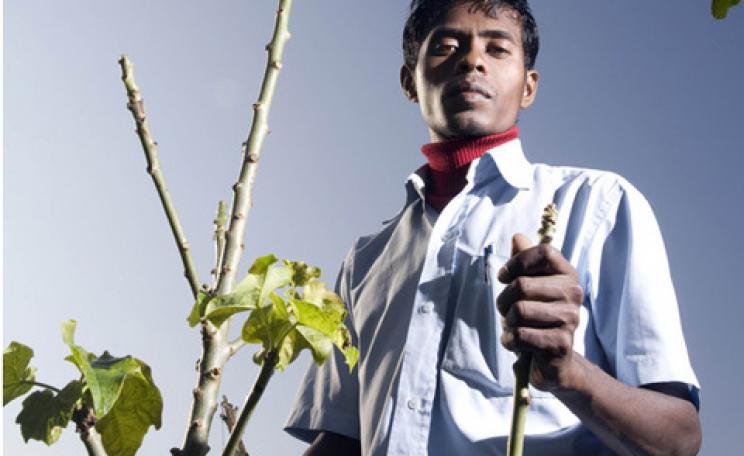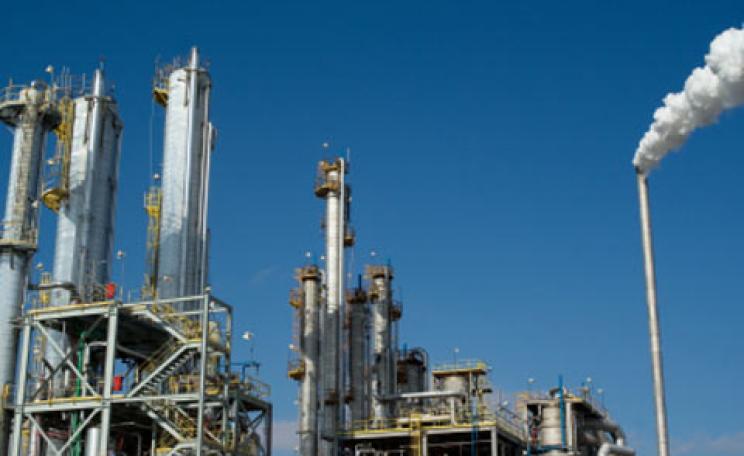More research is needed in the areas of bioactives and conversion technologies linked to developing a seaweed biorefinery whereby we reduce the waste products - making the most of the biomass produced
The primary reason for seaweed farming right now is for bioenergy research projects funded by the UK and the EU and although already widely used in food, marine scientists believe this demand will also grown quickly over the next few years.
A relatively modest amount of seaweed is produced in the UK compared with the global picture. Approximately 10 tonnes of the slimy stuff is cultivated in the UK each year, yet globally tens of millions of tonnes of seaweed are harvested each year, with China, Korea and Japan growing the most for food.
Extract of seaweed is found in a huge number of products, and you'd be hard pushed to avoid it altogether, however it's thought that seaweed can offer us far more and much of the beneficial health and energy-based potential hidden in seaweed remains unlocked.
The Scottish Association for Marine Science (SAMS) is currently working on a Horizon 2020 project - MacroFuels, which aims to produce advanced biofuels from seaweed or macro-algae. The hope is that the project will achieve a breakthrough in biofuel production and ultimately develop technology for the production of fuels which can go on to be used within the heavy transport and aviation sector.
Another project called Feedme is investigating the use of seaweed residues after they have been processed for bioenergy for inclusion in animal feeds.
At the Kerrera site of SAMS, a variety of seaweed is grown - Alaria esculenta, known more commonly as dabberlocks or badderlocks, sugar kelp, and Palmaria palmata, known as dulse. The seaweed we recognise that wraps our sushi parcels known as laver or nori is also being grown.
Dr Michele Stanley, Principal Investigator in Microalgal Molecular Phycology at SAMS, said researchers are looking to cultivate seaweed in a more efficient way, as harvesting is the most labour intensive phase of cultivation. She says there are a lot of unknowns surrounding seaweed, even down to how wild seaweeds interact with the environment. Currently SAMS is researching the most sustainable ways to research the plant.
Dr Stanley said: "More research is needed in the areas of bioactives and conversion technologies linked to developing a seaweed biorefinery whereby we reduce the waste products - making the most of the biomass produced. We are looking at developing cultivation strategies for other seaweed species, including the reds and green, and at seaweed use in bioremediation."
Red seaweed contains carrageenans, an extract which is used commercially in food as a binder, and as a suspension or stabilizer in pharmaceuticals and cosmetics. Many seaweeds are grown to eat, and some are used to produce agar which is then used in foods, or for laboratories to grow bacteria on.
Dr Stanley said SAMS is starting to see more interest from companies in establishing their own farms, mainly for the food industry.
A report by the Department for Environment, Food and Rural Affairs (Defra) suggests that large-scale seaweed farms in the UK could become an important source for biofuels. It's local, sustainable and natural, and macroalgae doesn't compete for land and freshwater for food crops. Seaweed boasts high productivity and although the potential for UK production is great, far more research is needed.
Currently the uses for cosmetics and fertilisers are being used fairly widely, whereas seaweeds for biomass, bioremediation and for animal feeds are at the developmental stage. Other uses for seaweed biomass, including production of ethanol or bioenergy through thermal conversion are in their infancy in terms of research.
Defra's report entitled Seaweed in the UK and abroad - status, products, limitations, gaps and Cefas role, states that macroalgae could represent a "significant sink for anthropogenic CO2 ("Blue Carbon"), and cultivation and the harvesting of seaweeds could play an important role in carbon sequestration and reduction of greenhouse gas emissions."
Scotland is currently leading the way in seaweed research in the UK, and Northern Ireland and Wales are taking an active role in looking at the benefits of seaweed, but England is hanging further behind, perhaps because of its stigma as being the stuff that gets washed up on the beach.
Scotland's relationship with seaweed goes way back. There is a written record which references the monks of Iona collecting dulse in the 600s AD, and this seaweed has been the staple diet of crofters across the North West coast. Now Scotland is working hard to prove that seaweed is much more than a "superfood" and putting its energies into unlocking the hidden potential of this humble weed.
Laura Briggs is the Ecologist UK news reporter. Follow her @WordsbyBriggs







